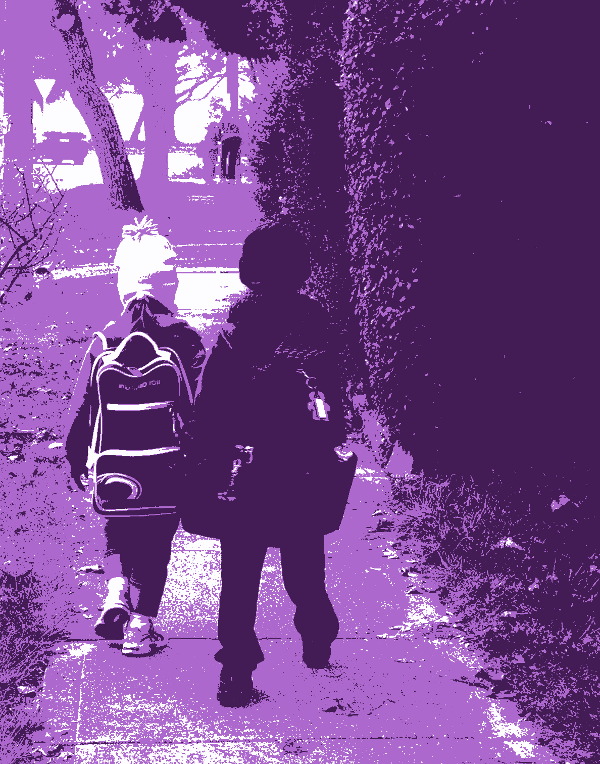Shocking findings in child survey
 The Australian government has revealed the results of a national survey on the prevalence of child maltreatment.
The Australian government has revealed the results of a national survey on the prevalence of child maltreatment.
According to the first-of-its-kind Australian Child Maltreatment Study (ACMS) published in the Medical Journal of Australia, the findings were “shocking”.
The study found that 39.6 per cent of Australians aged 16-65 years have been exposed to domestic violence, 28.5 per cent have experienced sexual abuse, and 32 per cent physical abuse in their lifetime.
The survey, which involved 8,500 respondents, also found that 8.9 per cent of Australians have experienced neglect.
The attorney-general and minister for social services, Mark Dreyfus, and Amanda Rishworth, called for national action to address the data, saying the findings underscored the need to develop complex co-design processes to better capture representative data for First Nations Australians, people with disabilities, and culturally and linguistically diverse (CALD) people.
They thanked the study authors for their “vital work”.
“These aren't just statistics. These are children,” the ministers said in a joint statement.
The study's findings have justified government support for more important work in this area, including a $22.4 million investment to further the ACMS under the national strategy to prevent and respond to child sexual abuse 2021-2030.
The government plans to work with state and territory counterparts for a nationally coordinated response to combat the prevalence of maltreatment identified in the ACMS report.
The second bulk of data from the ACMS will show how child maltreatment has changed over time. It will include a scoping study, cognitive testing and pilot analysis, data collection, data analysis and report writing, and publication release and knowledge transfer of the study.
The ACMS is part of a coordinated national strategy to prevent and respond to child sexual abuse 2021-2030; safe and supported: the national framework for protecting Australia's children 2021-2031; national plan to end violence against women and children 2022-2032; Australia's disability strategy 2021-2031; and the national agreement on closing the gap.







 Print
Print